What happens inside a sleepwalker's brain?
Researchers at the Netherlands Institute of Neuroscience have taken the first step in exploring a rather complex question: What is happening inside the brain of a person who might be considered 'stuck' between sleep and wakefulness - sleepwalking state?
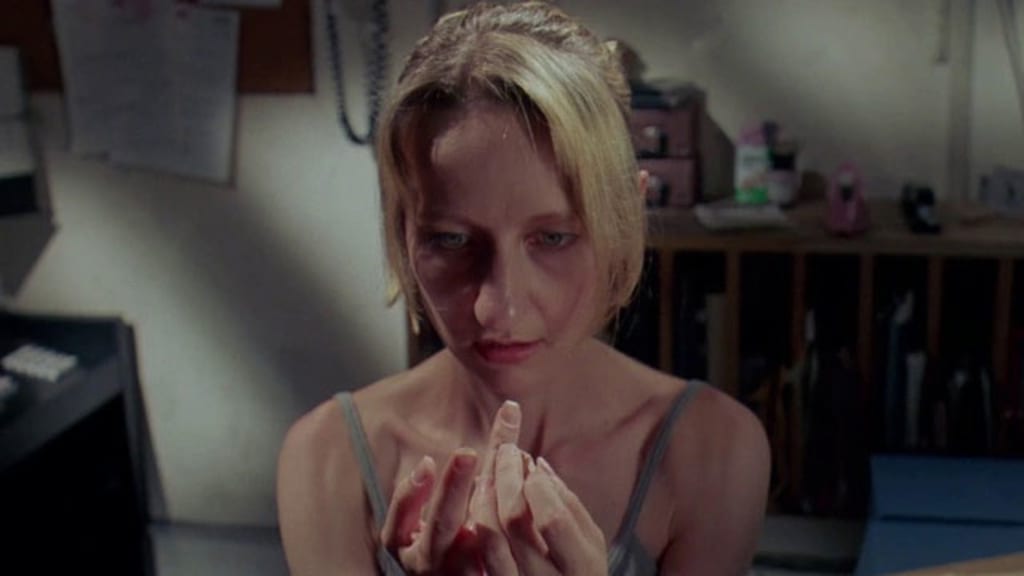
Many people imagine a sleepwalker as someone who is walking around unconsciously with their eyes closed and their arms out in front of them. In fact, sleepwalkers often have their eyes open and can have complex interactions with their surroundings. Sleep scientists call such abnormal sleep behavior "parasomnia," which can include simple behaviors such as sitting up in bed and appearing confused, but also more complex behaviors such as get out of bed and move around or scream with a frightened expression.
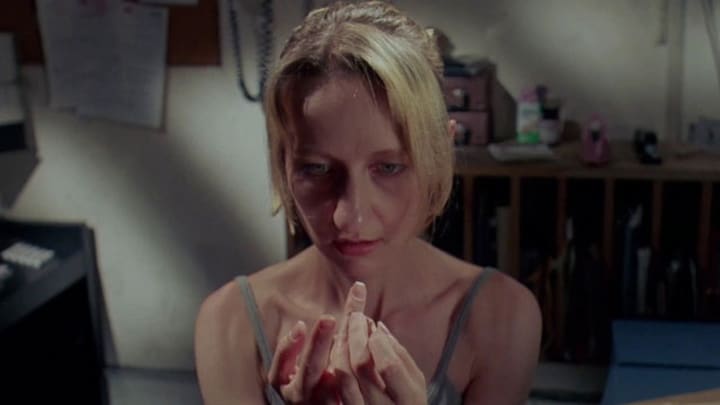
Although this type of parasomnia is more common in children, about 2-3% of adults still experience it regularly. Parasomnia can cause discomfort for both the sleeper and the person sleeping in the same bed. Francesca Siclari, head of the dream lab, explains: "Affected people may hurt themselves or others during the episodes and can feel extremely embarrassed afterward. for what they did."
Inside the brain of a sleepwalker, there are some unusual activities occurring
Inside the sleepwalker's brain, some unusual activities occur, leading to strange behaviors and experiences. Scientists are still researching to better understand this phenomenon.
How does parasomnia occur in the laboratory?
“It is commonly believed that dreams occur during only one stage of sleep: REM sleep. However, at the present time we know that dreams can also occur in other stages. People who experience parasomnia during non-REM sleep sometimes report dream-like experiences and unconscious actions.” To understand what causes these differences in experience, Siclari and her team studied the experiences and brain activity patterns of patients with parasomnias during non-REM sleep.
Measuring someone's brain activity during Parasomnia is not an easy task. Patients need to fall asleep, go through an episode, and record their brain activity while moving around. “Currently there is very little research that can do this. But with many of the electrode devices we use in the lab and some specific analysis techniques, we can now get very clear signals, even when the patient moves around.” , Siclari explains.
Siclari's team was able to induce an episode of Parasomnia in the laboratory, but it required two consecutive recordings. On the first recording, the patient slept normally. This is followed by a night where the patient is kept awake and is only allowed to sleep the next morning. During this recording, the patient is exposed to loud sounds while entering the deep sleep stage. In some cases, this leads to the condition Parasomnia. After this happens, the patient will be asked what happened in their mind.
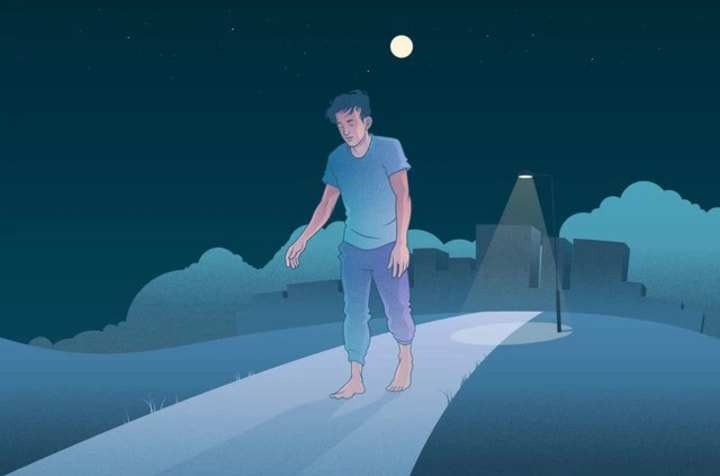
Measuring someone's brain activity during Parasomnia is quite complicated.
When sleeping, the human brain often goes through different sleep stages, including NREM (non-rapid eye movement) and REM (rapid eye movement). NREM is divided into 3 sub-stages, from NREM 1 to NREM 3. Sleepwalking often occurs in stage NREM 3, when the body has fallen into deep sleep but the brain has the same activity as when awake. This leads to a lack of synchronization between brain areas that control movement and cognition, causing sleepwalkers to perform complex actions without even realizing it.
Brain in Parasomnia!
In 56% of Parasomnia episodes, patients reported dreaming during the episode. “It usually speaks of an impending misfortune or danger. Some people said they thought the ceiling was about to come down. One patient thought they had lost their baby and another was looking in the bedsheets or standing up in bed trying to save the ladybug from sliding down the wall and dying,” Siclari explained. “In 19% of cases, patients do not experience anything and simply wake up and find themselves doing things, almost like in a trance. Another small portion said they experienced something but couldn't remember what it was."
Based on these results, Siclari's team compared the measured brain activities and found clear similarities. “Compared with patients who did not experience anything, patients who dreamed during this period showed activity similar to brain activations previously found for dreams, also immediately before the period. that period and even during that period.
“What determines whether a patient will be completely unconscious or semi-conscious seems to depend on the patient's state at that time,” Siclari said. If we activate the brain while they may be dreaming, they seem to be able to 'make something' out of the activation, whereas when their brain is largely 'inactive', the behaviors simplicity seems to happen without experience. Interestingly, patients almost never refer to the sound that initiates the Parasomnia episode but instead to another type of impending danger. The louder we turn up the volume, the more likely we are to provoke extreme Parasomnia.”
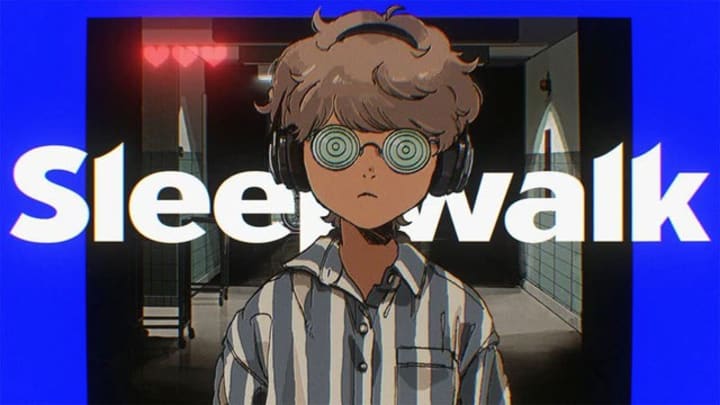
Because this is only the first step in the research, there are many other aspects for further research.
Although there is still a lot of research to be done, Siclari is confident that his work can provide valuable insights. “These experiences are very real for patients and most feel relieved to share them with us. Similar to previous studies, our study clarifies what they are experiencing, which is educationally valuable. Additionally, our work may contribute to more specific drug interventions in the future. Parasomnia is often treated with non-specific sleeping pills, which are not always effective and can have negative side effects. If we can deduce which nervous system is functioning abnormally then we can try to develop more specific treatments.”
About the Creator
Ken aquariums
Telling stories my heart needs to tell <3 life is a journey, not a competition
If you like what you read, feel free to leave a tip,I would love some feedback
https://www.pinterest.com/Ken_Aquariums
https://s.shopee.vn/1B0pL9ZA9m
Enjoyed the story? Support the Creator.
Subscribe for free to receive all their stories in your feed. You could also pledge your support or give them a one-off tip, letting them know you appreciate their work.


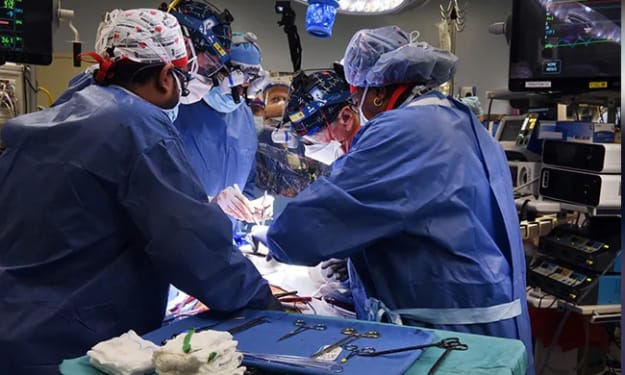



Comments (2)
Very inspiring read, thanks for sharing.
Hey, just wanna let you know that this is more suitable to be posted in the Psyche community 😊